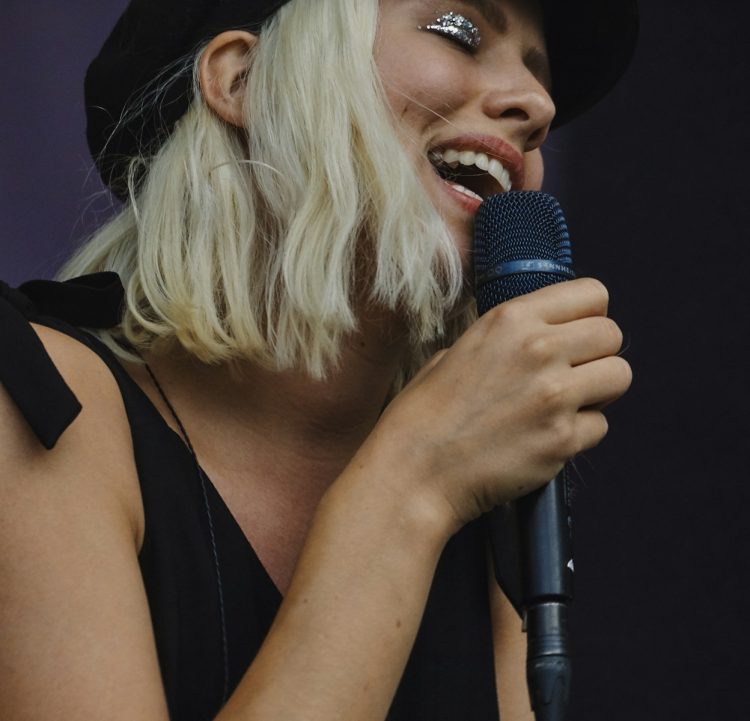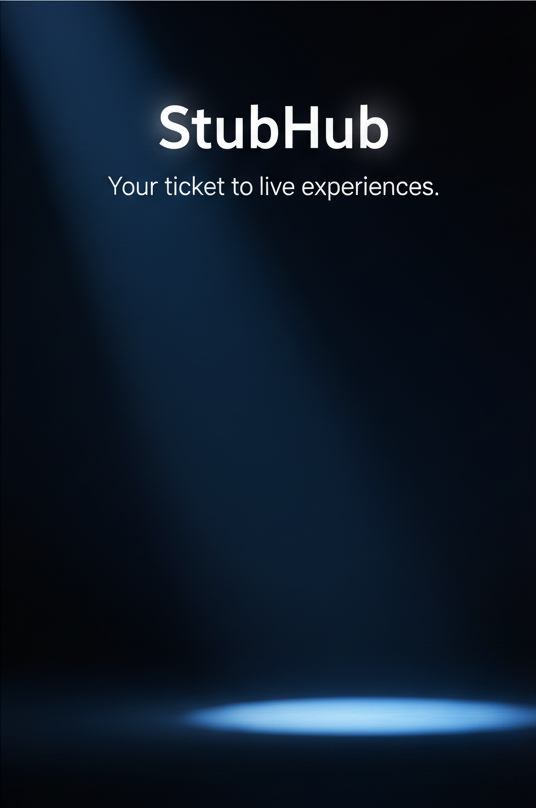There’s a certain thrill in standing in a crowd, the bass thumping in your chest, lights flickering in chaotic beauty, and a performer commanding the stage just a few feet away. Now imagine being the person responsible for freezing those electrifying moments into a single frame—that’s the art of concert photography.
For beginners, concert photography is both exciting and overwhelming. The ever-changing lighting, fast-moving subjects, and chaotic environments make for a steep learning curve. But with patience, practice, and a few core techniques, even a newcomer can learn to capture the energy and emotion of live music. Here’s a comprehensive guide to help aspiring concert photographers take their first confident steps into the pit.
1. Know Your Gear—And Get Comfortable With It
You don’t need a top-of-the-line camera to start shooting concerts, but you do need to know your gear inside and out. Whether you’re working with a DSLR or a mirrorless camera, understanding how to quickly adjust your ISO, aperture, and shutter speed is essential. Low-light environments like concert venues demand fast, instinctual changes.
Prime lenses with wide apertures (like f/1.8 or f/1.4) are ideal because they allow more light into the sensor—something you’ll desperately need when the only illumination is from unpredictable stage lighting. A 50mm or 85mm lens is a great place to start. Zoom lenses like a 24-70mm f/2.8 offer flexibility when you’re shooting from varying distances.
The more comfortable you are with your camera’s controls, the better you’ll be at reacting to those fleeting, magical moments on stage.
2. Master the Exposure Triangle in Low Light
Concerts are notorious for tricky lighting conditions. One second the stage is bathed in red, the next it’s pitch black with a single spotlight. Learning how to balance shutter speed, aperture, and ISO is crucial.
Here’s a practical breakdown:
- Shutter Speed: Stick to at least 1/200 sec or faster to freeze motion, especially if the artist is moving around a lot.
- Aperture: Go wide—f/2.8 or lower—to let in as much light as possible and create a nice shallow depth of field.
- ISO: Don’t be afraid to crank it up. Modern cameras can handle high ISO pretty well, and a grainy shot is better than a blurry one.
Experiment with manual mode to gain full control, or start in aperture priority mode if you’re not quite ready to go fully manual.
3. Understand the Venue and Plan Ahead
Every venue is different. An intimate club show has a completely different vibe—and lighting setup—than a 10,000-seat arena concert. Try to visit the venue in advance or check out photos from previous events online. Where are the lights positioned? Is there a photo pit? What kind of crowd control is in place?
If you’re shooting with permission or on assignment, know your limits. Many shows have a “first three songs, no flash” rule for photographers, which means you only get those early minutes to get your shots.
Preparation also includes packing smart. Bring extra batteries and memory cards—concert photography eats through both quickly. If you’re allowed, a small step stool can be a lifesaver in a packed crowd.
4. Learn to Read the Light
Stage lighting is dramatic, ever-changing, and often your worst enemy. Learn to anticipate how the lighting behaves with the music. For example, during a drum solo or an emotional ballad, the lights might dim or switch to a steady spotlight—prime time for a clean, well-lit shot.
Red lighting is notoriously difficult to work with, often blowing out skin tones. Try switching to black and white in post-processing to save red-lit images, or dial down the highlights in editing software.
Don’t use flash—it’s generally not allowed, and it kills the mood of your photos. Embrace the challenge of working with available light.
5. Composition Is Key—Shoot with Intention
It’s easy to get caught up in the moment and fire off hundreds of shots without thinking. But the best concert photos are intentional. Look for moments of peak emotion—when a singer hits a high note, or a guitarist leans into a solo.
Frame your shots with awareness of the background. Avoid cluttered or distracting elements, and be mindful of mic stands or other equipment that might block your subject’s face. Use the rule of thirds to create dynamic compositions, and don’t forget to capture wide shots of the stage or crowd to tell the full story of the event.
Sometimes the best photo isn’t of the artist—it’s of the fan singing every word with tears in their eyes. Don’t be afraid to turn your lens toward the audience.
6. Be Respectful and Blend In
Whether you’re shooting for a publication or just snapping photos for fun, remember that the concert is first and foremost for the fans. Don’t block their view, shove through crowds, or use bright screens that distract others.
If you’re in a photo pit, treat fellow photographers and security staff with respect. Move quickly, get your shots, and make space for others. Concert photography is a privilege, not a right—and your reputation as a considerate shooter can open or close future doors.
7. Post-Processing: Your Digital Darkroom
Editing is where your raw files become art. Programs like Lightroom and Photoshop allow you to correct exposure, tone down harsh lighting, and enhance colors without making the photo feel unnatural.
Resist the urge to over-edit. Aim for a style that enhances the emotion of the moment without making the image look fake. Black and white can work wonders for noisy or oddly lit photos and often adds a timeless, gritty feel to concert shots.
Organize your files, back them up, and take the time to curate your best work. Quality over quantity always wins.
8. Keep Shooting—And Learn From Every Show
You won’t nail every shot. In fact, early on, you’ll probably come home with more blurry or blown-out photos than winners. That’s okay. Like any skill, concert photography takes time to master.
Keep shooting. Practice at local open mics, community events, or even band rehearsals. Each experience teaches you something new—about lighting, timing, patience, or people.
Look at the work of great concert photographers for inspiration. Analyze what makes their shots powerful. It’s not always the gear—it’s the timing, the emotion, the story told in one frozen second.
Final Notes: Capturing the Music Beyond the Sound
Concert photography is about more than taking pictures—it’s about preserving the spirit of a moment that will never happen again in exactly the same way. It’s about freezing the energy, the noise, the sweat, the intimacy, and the chaos in a single image.
For beginners, the journey can feel daunting. But with every shutter click, you’ll get closer to finding your rhythm. So grab your camera, hit the local venue, and start chasing the beat—one frame at a time.





